See how National Geographic History magazine inflames and quenches the curiosity of history buffs and informs and entertains anyone who appreciates that the truth indeed is stranger than fiction with a digital subscription today. And that history is not just about our forebears. It’s about us. It’s about you.
FROM THE EDITOR
National Geographic History
Medieval Sword Surprises Diver Off Israel’s Shores • A well-preserved weapon lay for centuries on the seafloor near the Carmel coast. Could it be connected to the crusaders?
PILGRIMS’ PORT
Wong Kim Ark, Face of U.S. Citizenship • Born and raised in San Francisco, California, Wong Kim Ark took his fight for his rights all the way to the Supreme Court as nativist men tried to steal his birthright from him.
Master Print: ‘Knight, Death, and the Devil’ • This 1513 engraving by Dürer, often read as an allegory of the Christian bravely battling temptations on the path of life, is regarded as the pinnacle of printmaking.
Message in the Mummy’s Wrappings • Mysterious markings written on an Egyptian mummy’s bandages were confounding to the 19th-century scholars. It took decades to decipher them and reveal the surprising identity of their authors—the Etruscans.
NARMER FIRST PHARAOH OF EGYPT • Five thousand years ago, a king of Upper Egypt unified two separate lands into what became the world’s first great territorial state—Egypt. That king, known today as Narmer, is celebrated as its first pharaoh.
Weapons of a Pharaoh
Important Identification
SACRED STONES • Starting around 4400 b.c., Egyptians made stone palettes designed to grind and mix cosmetic pigments. Around 3400-3100 b.c., palettes—which were decorated with images related to the monarchy and embossed on one or both sides—began to be used as votive objects.
DIONYSUS • Lord of wine and intoxication, the “twice-born” deity inspired dramatic myths, theater festivals, and mysterious cults all over the ancient world.
GOD OF WINE AND THEATER
DELIRIUM OF THE BACCHAE
SLEEPING BEAUTY • A Roman sarcophagus from the third century a.d. depicts Dionysus discovering the sleeping mortal princess Ariadne. The pair fell in love, married, and had children, including Oenopian (the personification of wine), Staphylus (associated with grapes), and Thoas.
THE DUOMO OF FLORENCE • Symbolizing the power and prosperity of the Tuscan capital, the Cathedral of Santa Maria del Fiore astonished the world with its colossal dome, engineered by Filippo Brunelleschi.
SOARING MASTERPIECES
BREAKFAST IN TUSCANY • On August 7, 1420, laborers, stonemasons, and other workers climbed up onto the drum of the yetto-be-built dome of Santa Maria del Fiore. Looking out over the Tuscan landscape, they enjoyed a breakfast of bread, melon, and Trebbiano wine to mark the beginning of construction on the dome itself.
PALENQUE MAYA CITY OF THE GODS • As Palenque rose in the seventh century, so too did its elegant stepped pyramids. Overseen by Pakal the Great, the city’s distinctive architectural style exalted its Maya gods, whose actions permeated every aspect of Palenque life.
THE CITY PAKAL BUILT
THE PALENQUE COMPLEX • The city was structured around the palace, a large central building, which was the seat of power of the ruling dynasty. Around it stood dynastic mausoleums and temples dedicated to the great deities.
BUILDERS OF PALENQUE
DEATH AND REBIRTH
TEMPLES OF SEA, EARTH, AND SKY
THE AJANTA CAVES • Cut from a sheer cliff face around 2,000 years ago, 30 caves in India are home to sacred spaces adorned with awe-inspiring works of ancient Buddhist art.
CARVED IN STONE
RAISING OF A WRECK
Time Capsule in The South China Sea • The 1987 discovery of a...
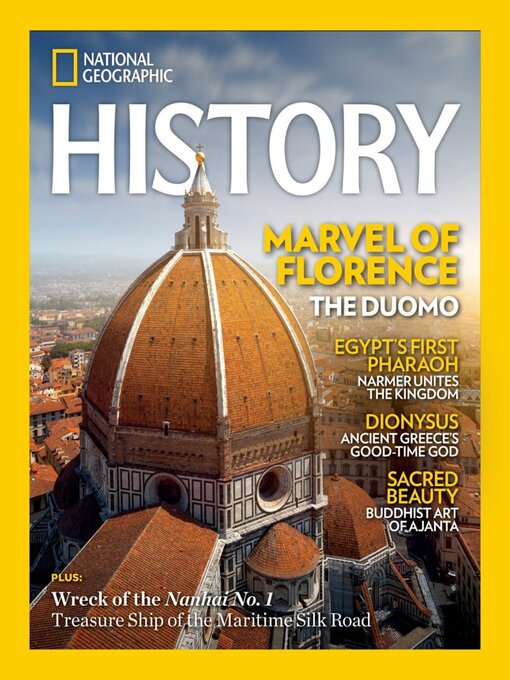
 May/June 2024
May/June 2024
 March/April 2024
March/April 2024
 January/February 2024
January/February 2024
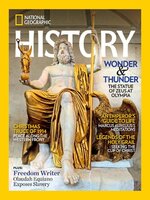 November/December 2023
November/December 2023
 September/October 2023
September/October 2023
 July/August 2023
July/August 2023
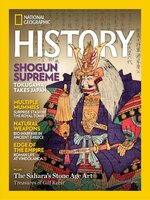 May/June 2023
May/June 2023
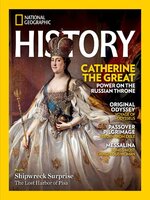 March/April 2023
March/April 2023
 January/February 2023
January/February 2023
 November/December 2022
November/December 2022
 September/October 2022
September/October 2022
 July/August 2022
July/August 2022
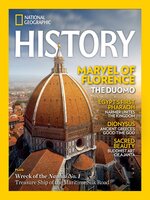 May/June 2022
May/June 2022
 March/April 2022
March/April 2022
 January/February 2022
January/February 2022
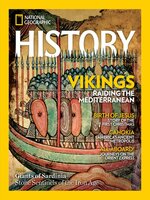 November/December 2021
November/December 2021
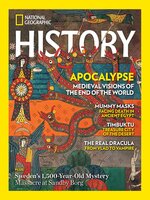 September/October 2021
September/October 2021
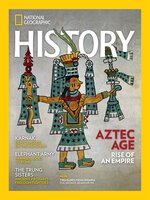 July/August 2021
July/August 2021
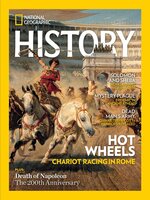 May/June 2021
May/June 2021
 March/April 2021
March/April 2021
 January/February 2021
January/February 2021
 November/December 2020
November/December 2020
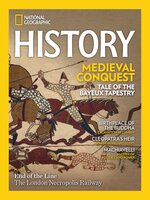 September/October 2020
September/October 2020
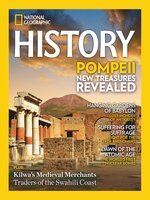 July/August 2020
July/August 2020
